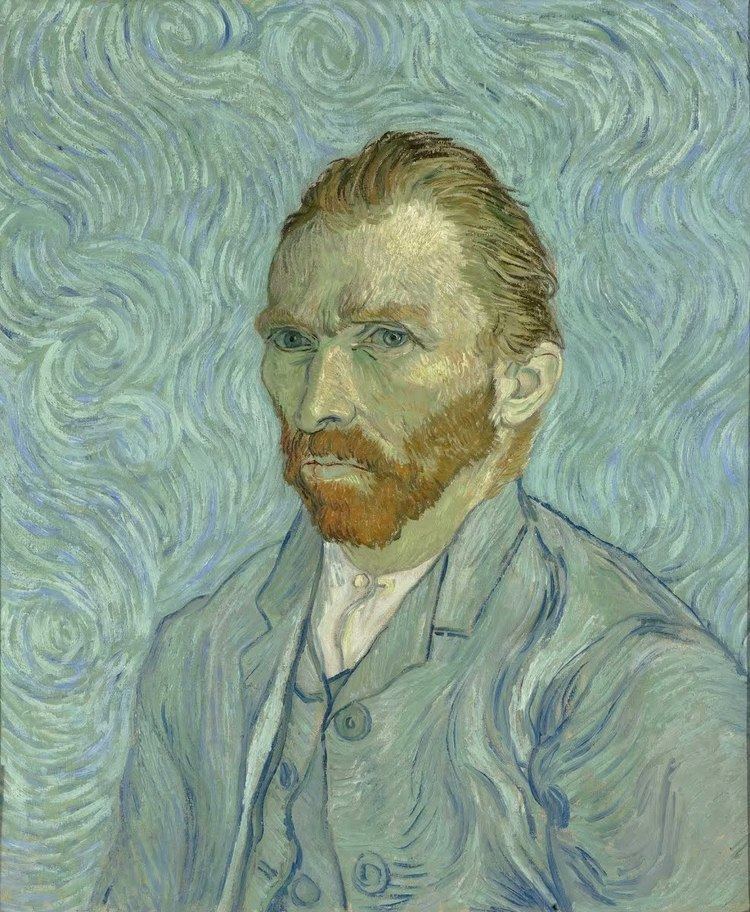Year 1889 Dimensions 65 cm x 54 cm Media Canvas, Paint, Oil paint | Created September 1889 | |
 | ||
Periods Modern art, Post-Impressionism Similar Vincent van Gogh artwork, Artwork at Musée d'Orsay, Portraits | ||
Vincent van gogh self portrait art reproduction oil painting
Self portrait is an 1889 oil on canvas painting by the post-impressionist artist Vincent van Gogh. The picture, which may have been van Gogh's last self-portrait, was painted in September that year, shortly before he left Saint-Rémy-de-Provence in southern France.
Contents
- Vincent van gogh self portrait art reproduction oil painting
- Self portraits by vincent van gogh portrait paintings in motion
- Painting
- References
Self portraits by vincent van gogh portrait paintings in motion
Painting
This self-portrait was one of about 40 van Gogh produced over a 10-year period, and these were an important part of his work as a painter; he would paint himself because he often lacked the money to pay for models. He took the painting with him to Auvers-sur-Oise, near Paris, where he showed it to Dr Paul Gachet, who thought it was "absolutely fanatical".
Art historians are divided as to whether this painting or Self-portrait without beard is van Gogh's final self-portrait. Ingo F Walther and Jan Hulsker consider this to be the last, with Hulsker considering that it was painted in Arles following his admission to hospital after mutilating his ear, while Ronald Pickvance thinks Self-portrait without beard was the later painting.
Van Gogh sent the picture to his younger brother, the art dealer Theo; an accompanying letter read: "You will need to study [the picture] for a time. I hope you will notice that my facial expressions have become much calmer, although my eyes have the same insecure look as before, or so it appears to me."
Art historians Walther and Metzger consider that "the picture is not a pretty pose nor a realistic record ... [it is] one that has seen too much jeopardy, too much turmoil, to be able to keep its agitation and trembling under control." According to Beckett the dissolving colours and same time turbulent patterns signal a feeling of strain and pressure, symbolising the artist's state of mind, which is under a mental, physical and emotional pressure.
The Musée d'Orsay in Paris, who obtained the picture in 1986, consider that "the model's immobility contrasts with the undulating hair and beard, echoed and amplified in the hallucinatory arabesques of the background."
